These days, people are more stressed, anxious, and depressed than previous generations.
Then, the global pandemic of 2020 revealed that many of us are not living lives that are conducive to mental and physical well-being.
For this reason, art for mental health has become an increasingly important topic of discussion because art and art therapy have become increasingly popular ways for individuals to improve their mental health.
That’s why, in today’s article, we’re having a look at:
- What is art for mental health
- What are the benefits of a regular art practice
- How can art therapy improve your mental health
When you’re done reading, you’ll have a good understanding of why you should get involved in a daily art practice to benefit your mental health.
Curious to find out more? Then let’s begin!
Table of Contents
The Connection Between Art and Healing
Art for mental health acknowledges the many ways in which art can be used as a means to improve one’s mental health and overall well-being.
For example, art can be a healing vehicle for people who suffer from or are struggling with any of the following:
- Anxiety
- Depression
- Isolation
- Overwhelm
- Psychological issues
- Stress
- Trauma
So what exactly is the connection between art and healing? According to studies, artistic expression allows individuals to express their thoughts, and feelings in a safe and non-judgemental space.
In other words, people who make a habit of creating art regularly reap the benefits of it’s healing benefits.
What’s more, making time for regular artistic practice can be very therapeutic because it gives you the chance to relax by focusing on exploring the creative part of your brain.
In this way, art can be cathartic, which means that you are able to release your thoughts and emotions in a healthy manner.
As a result, practicing art for mental health can bring greater joy and satisfaction into a person’s life. These positive feelings can negate and minimize the negative effects caused by stress and anxiety.
In essence, this is the healing power of art because art is used as a coping mechanism to deal with illnesses that negatively impact your mental health.
To get involved in a creative art practice, you can take up any of the following hobbies:
- Colouring
- Crafting
- Drawing
- Illustrating
- Painting
- Sculpting
- Sketching
Note: If you are interested in the science and psychology of art for mental health, check out this article by Verywellmind.com.
How Art Improves Mental Health
Contrary to what people may think, you don’t have to be born an artistic or creative individual in order to make art.
For this reason, it’s important to understand that anybody can create art and benefit from its healing properties.
And when you join online art groups or in-person classes to interact with like-minded individuals, you can experience even more healthy benefits.
So now let’s explore some of ways in which art helps improve mental health.
Note: The arts, which is an umbrella term that incorporates artistic forms such as music, dance, and film, also provide positive benefits for mental health. However, the arts are beyond the scope of this article.
Art is a Tool for Self-Expression
Art is personal. It is experienced differently by everyone.
In this way, art provides an outlet for individual self-expression.
For some people, expressing themselves through words is difficult. Therefore, art can provide a way for you to express your thoughts and feelings more easily than if you had to express them in spoken word or text.
And the best part is that there is no way to make art “correctly”.
However you choose to create your art is the right way.
So if you’re interested in learning how to get started with art for mental health, you can refer to this article to find inspirational drawing ideas.
Art is a Creative Outlet for Stress
Allow me to share a personal anecdote with you:
When I was in university, I became stressed due to the sheer amount of work that needed to be completed. As a means of practicing creative self-care, I took up graphite drawing. I recognized that it was a relaxing hobby that allowed me to destress in a healthy manner. Focusing on my graphite drawings distracted me from all the stressful stimuli in my environment. As a result, I was able to relax more easily while also learning a fun and new artistic skill!
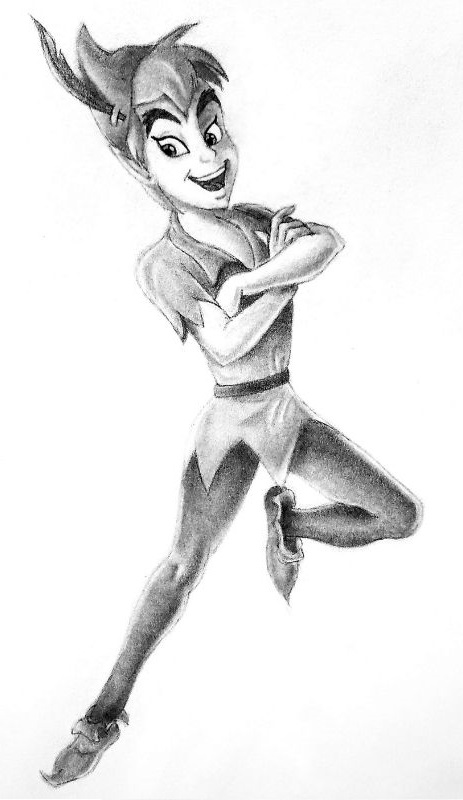
I’m sharing this story with you because a regular creative art practice can be very therapeutic for anyone who is experiencing mental and physical stress, either due to illness or otherwise.
So the next time you feel stressed, pick up a pen or pencil and just doodle for a few minutes. If you don’t know what to draw, download this free list with 100 free drawing ideas to get you started.
You’ll be pleasantly surprised by how simple yet effective this method is in terms of helping you relax and find peace in stillness.
Now imagine how much better you might feel if you drew or painted for even just for 10 minutes every day!
Note: Check out this video by YouTube creator John Green in which he discusses how the simple act of drawing thousands of circles (a repetitive creative practice) can have a big positive impact on your mental and emotional state.
Art Can Improve Your Self-Esteem
When you are able to express yourself fully and without judgement, it is easier to experience self-acceptance.
In this way, art can be a great way to negate negative self-talk or repel pessimistic thoughts.
This is one of the major connections between art and mental health benefits.
Similarly, I wrote a popular article explaining the benefits of daily affirmations for artists and creatives, and how something as simple as repeating positive statements can have a big impact on your mental health.
Practicing art regularly has the same positive benefits as daily affirmations.
You see, with greater self-esteem, you have greater confidence. Not just in yourself, but also in your abilities.
If you practice art regularly, you can improve your self-esteem over time. As a result, your sense of self-worth is very likely to improve.
Lastly, a continuous sense of self-improvement will also make it easier for you to ask for feedback and get art criticism from your peers.
Art Can Improve Your Social Connection
When Covid-19 plummeted the world into a pandemic, people around the world became more isolated than ever before.
The sudden over night shift to lockdown and social distancing caused a lot of people to develop feelings of disconnection and isolation.
Is this relatable for you?
Therefore, in order to combat isolation and feelings of loneliness, you can follow a Facebook page, participate in a Facebook group, or get involved in an online community where you can share your artwork with like-minded individuals who share an appreciation for creativity and art.
Even better is the fact that you can meet individuals with whom you can participate in an artistic collaboration!
Collaborating with other compatible artists can be a fun and interactive way to exercise your creativity while making friends and socializing with others.
If you’re interested, here are 2 art communities that I am involved in. Both have wonderful communities of artists and creatives who are as supportive as they are encouraging.
- Painting Out Loud by Makoccino
- Art in Harmony by Erika Lancaster
When you look at art for mental health this way, it’s easy to understand how art can help with mental health, especially when you are involved (physically or distantly) with communities that make you feel welcomed and appreciated.
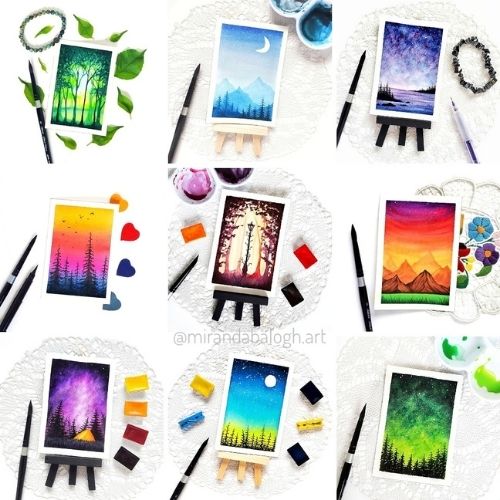
The Importance of Art Therapy
Now that you have a firm understanding of art for mental health, you should also be aware of art therapy because it overlaps with this topic.
Art therapy is a discipline in which individuals explore visual arts and the creative process and as a means of facilitating healing and greater wellbeing, both emotionally and mentally.
Art therapy is conducted by certified health care professionals who have expertise in art as well as psychology. It is their job to help individuals explore visual arts for creative self expression and healing.
Note: Creating art recreationally can have the same benefits as art therapy. However, art therapy differs insofar as being conducted by professionals who are trained to help their patients.
As you can imagine, art therapy is a complex topic of its own.
However, keep in mind that I’m not an art therapist. I’m merely educating you on the different types of resources that are available when it comes to art for mental health education.
So if you think art therapy may help you, consult a doctor or visit your city or nation’s mental health care websites for more information relating to programs and professional help.
Here is an examples for individuals who live in Canada:
Conclusion
Art for mental health is becoming an increasingly important way of helping individuals deal with illnesses associated with mental health.
Maybe you’re already an artist. Maybe you’re not.
Regardless, anybody can take up an art practice and begin experimenting with it in the form of drawing, painting, etc.
If you’re interested in taking up visual art as a therapeutic hobby, but you don’t know where to begin, you can check out this article about gift ideas for artistic people.
It focuses primarily on watercolour painting, graphite drawing, and pencil crayons (also known as coloured pencils). The suggestions offer a range of products that are suitable for all economical brackets.
Even if taking up art as a hobby isn’t on your radar, trying drawing or doodling the next time you feel stressed, anxious, or overwhelmed.
Often enough, the smallest things have the greatest impact.
Have you experienced positive health benefits when you’ve created some kind of art? Share you experience in the comments!
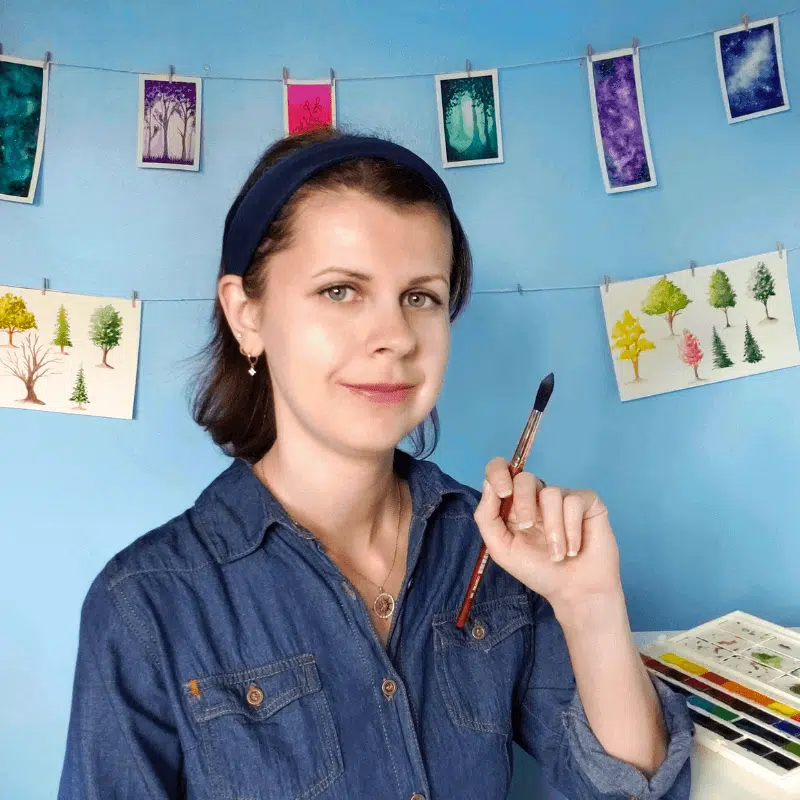
Miranda Balogh
Artist & Online Educator

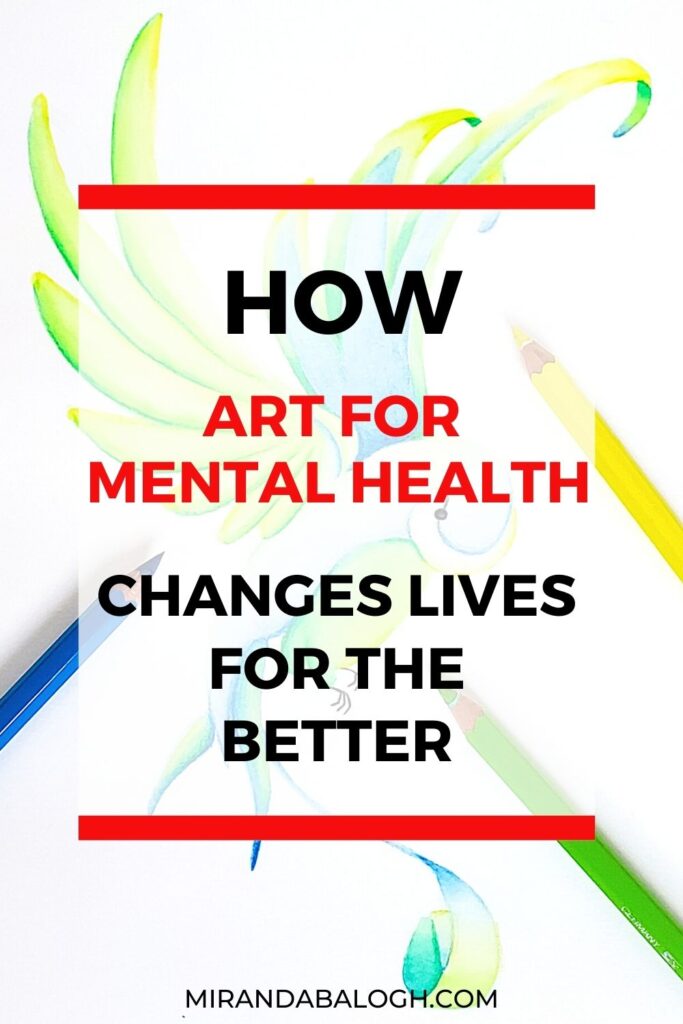
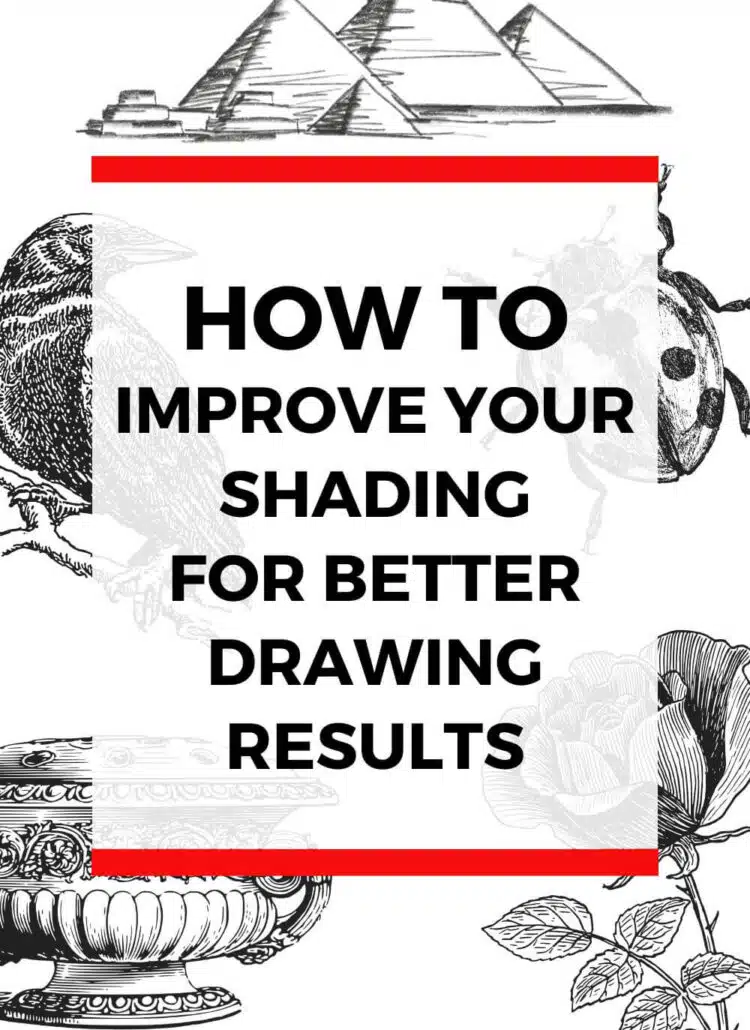
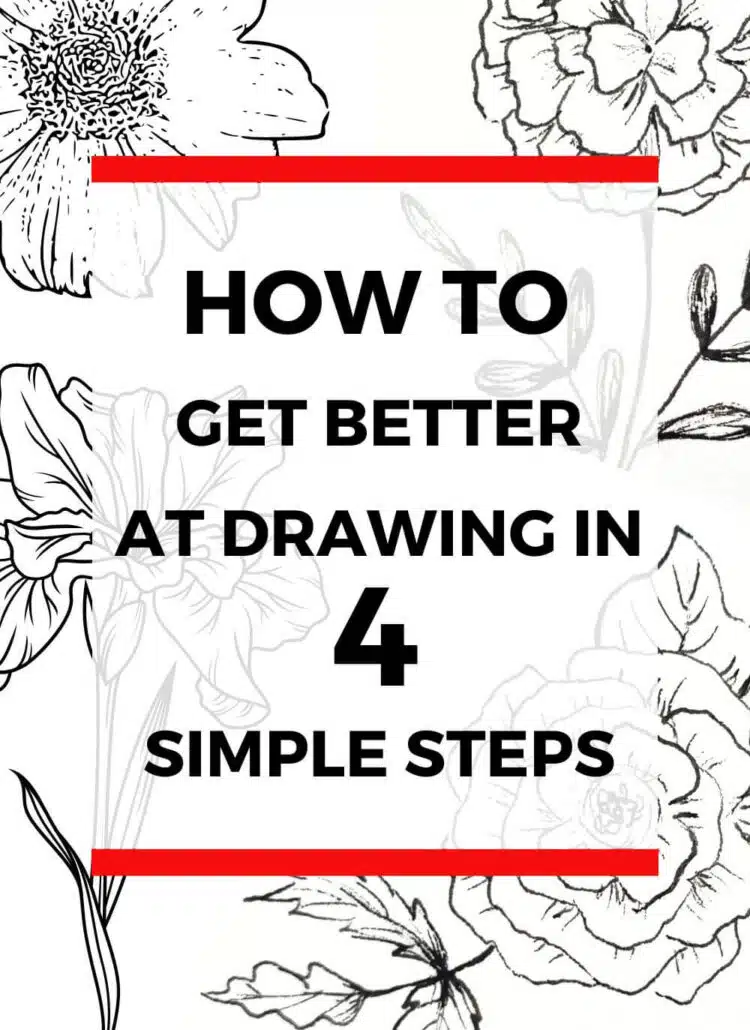
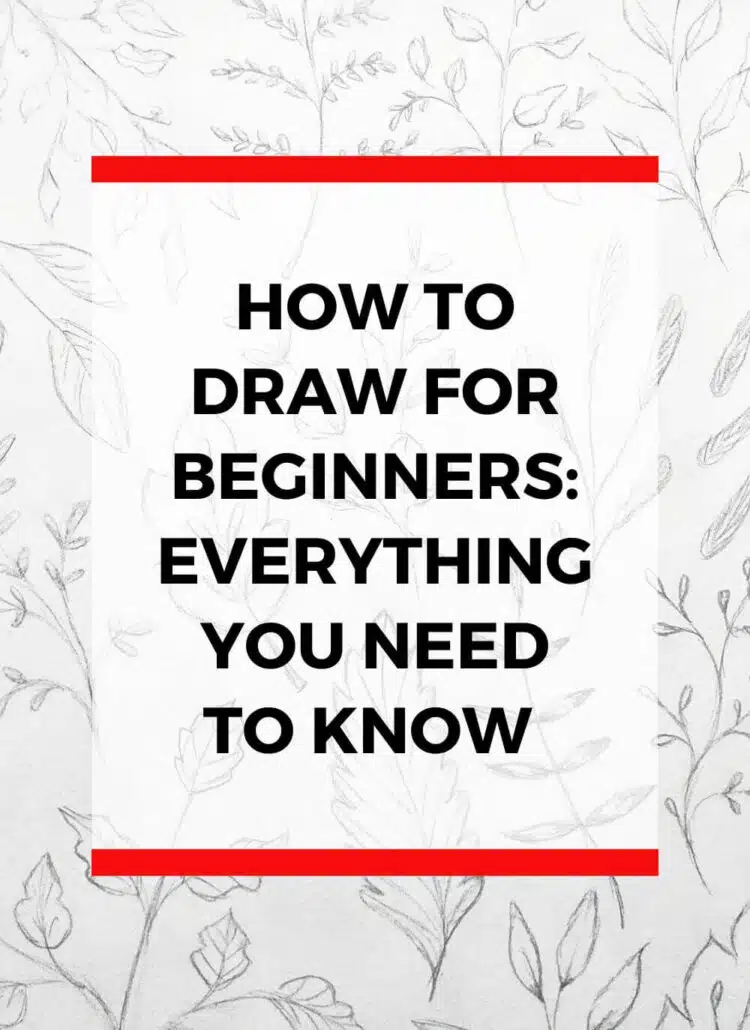
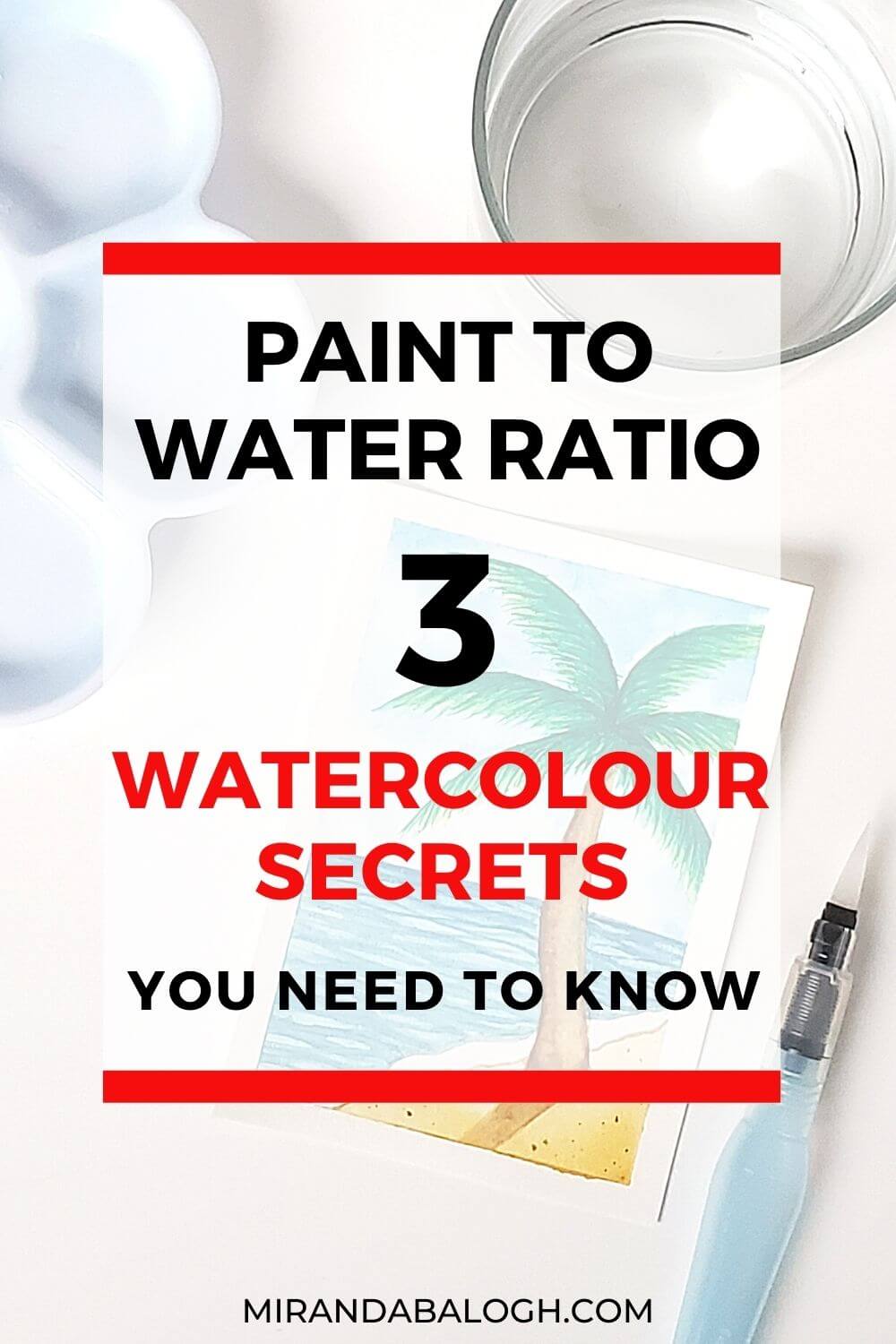
Totally agree about the power of creativity!
Creativity definitely plays a huge role in our lives, whether that be at school, work, or home. Thank you for sharing!
I love art and I used to create a lot of it but havent in years. I miss art
It can be hard finding time to pursue our hobbies and passions. But even if you only find 10 – 15 minutes a day to draw or paint, I’m sure it will bring you joy. Thanks for sharing your thoughts!
Great post! I totally agree. I find even something as simple as coloring in a coloring book while watching tv is very therapeutic. You don’t have to have pro art skills to see and feel the benefits 🙂
Very true! It’s really fascinating to see how adult colouring books have become so popular these past few years exactly for the reasons you’ve mentioned. Thanks for sharing!
I’m not an artistic person at all but I definitely don’t think even like the adult colouring books can help focus your mind on something else as opposed to anxiety like my mind. Thanks for sharing!
Everyone is different, so what might work for one person may not work for another. That’s why it’s good to explore different options to find out what works best for you. Thank you for sharing your perspective!
I agree that creativity really helps! I’ve never been very good at art and tend to self-critique it to death whenever I try, but I do enjoy doodling on the edges of my stories. I’ve discovered that poetry and creative writing help me get all my feelings out on paper to process them better. Thanks for this great post!
Very relatable! I love writing songs and stories because I’ve found them to have the same positive benefits as art for mental health. Thanks for pointing out that creative activities beyond fine arts also offer the same mental health benefits!
Fascinating to learn more about art therapy and how it can help with coping!
I’m glad you enjoyed learning about art for mental health!
Awww, I love how you connect your passions with how they can do better good, Miranda! You brought up some great tips, art has always been such a stress reliever for me x loved your illustrations! I have also always found art therapy very intriguing and would love to hear more about it in future blog posts!
Thank you so much for leaving such a thoughtful comment! The world is in a chaotic state right now, so I want nothing more than to inspire people by showing them support and giving them joy during these difficult times. This topic has definitely resonated with people, so I look forward to addressing it again in the future!
During our lockdown, I discovered how mindful drawing and art is for me in my life. I recently just joined an art journaling class and I am seriously looking forward to it. This is a great article.
That’s great! I’m glad to see that you’re actively engaging with a creative practice. I hope you get a lot of value from the art journaling class!
I’ve found mindful drawing, even just doodling, to be incredibly helpful, too. Thanks so much for sharing this Miranda, especially the art communities. There’s still too much stigma around mental health and art can bridge the gap.
Yes, art can definitely bridge the gap with mental health! Thanks for reminding us of this very important point.
I have leaned heavily on my watercolors as I’ve struggled with the Pandemic. Art truly is healing.
I’m sorry to hear that the pandemic has been difficult for you. But I’m also glad to hear that watercolours and art have helped you cope. Thanks for sharing, and stay strong!
Really great post! I have always found art to be so relaxing for the mind.
Yes, me too! Thanks for taking the time to comment.
I completely agree with the importance of creativity with mental illness. When I am writing or doing photography (my creative outlets) I almost feel “lighter” if that makes sense!
Yes, that totally makes sense! When I get into a creative flow, I feel the same way. It’s as if all your troubles and worries fall away, and you feel a sense of satisfaction. Thanks for sharing your experience!
I have a friend who has helped me with art therapy. It really makes a difference.
I’m really glad to hear that art therapy has been working well for your mental health!
I love this! It’s amazing how something so simple and enjoyable can improve your mental health so much. I can’t draw for my life so I love colouring. It always relaxes me so much, and helps to clear my mind when my anxiety starts to take over. Thank you for sharing this, its so interesting to read about how art therapy can help us.
I agree that art is very relaxing. I’m also glad that colouring helps alleviate your anxiety. Thank you for sharing your experience!
Creativity is such an important outlet for me especially when dealing with anxiety and my emotions. Its sometimes such a small task but it can change your days outcome. Thank you for sharing!
It’s all about the baby steps. A little positive action every day compounds into a lot of beneficial action over time. Thank you for reminding us of this wisdom!
This is such a wonderful topic! I’ve been painting for many years. It really is an underrated form of therapy. Nothing soothes the stress away like picking up a brush or aresol can and just getting lost in the moment. Thank you!!
Agreed! Getting lost in the creative process is a wonderful and relaxing experience. This is why I encourage people to engage in some kind of creative activity, even if it’s as simple as doodling for 10 minutes every day. Thank you for sharing your experience!
Mental health is very crucial and this article has highlighted some really awesome ways of taking care of mental health. Thanks for sharing.
Thank you! I’m glad you found this article insightful and useful.
Lovely. I myself find art as therapeutic. Writing is my way of releasing stress.
Yes, I completely agree! Sometimes I just don’t feel like making art, so in those instances I turn to creative writing to experience the same therapeutic benefits. Thanks for sharing!
I loved reading this. So comprehensive and very well explained. Have always been a supporter and advocate for arts to be used in therapy
Thank you! In this fast-paced and stressful modern age, I believe people should be more aware of healthy ways to take care of their mental health. Art and art therapy serve this purpose very well. It’s great to know that there are people like you who are supporting and advocating for such a noble cause!
As a mental health awareness advocate myself, I loved reading this article about how art has such a positive impact on our emotional well-being. I especially like the notion of drawing hundreds of ‘circles’. Thanks for sharing.
Our emotional well-being is very important, so it’s good to educate people about different methods (such as art therapy) that can improve their mental health. Thanks for taking the time to read this article!
Miranda, what a spot on blog. Living surrounded with mental health issues in the close family, you have given me inspiration to try a few things. I myself feel the joy and peace that art brings to me through my photography and videography and can relate to your points in the blog. Very well written!!!
I’m so glad to hear that your artistic hobbies bring you so much joy! Thank you for sharing your experience.
I like that you talked about how art can help a person express themselves, their thoughts, and feeling in a safe and non-judgemental space. With that in mind, I would love to join an online art course this year. It might help me be more aware of my emotions, since I noticed that I started getting anxious for the the past year and have a bad temper as well.
Thanks, I’m glad you found value in this article! Taking an online art course could be an excellent way to help you become more aware of and in tune with your emotions, so I encourage you to give it a try.
Thank you Miranda for this highly informative and extremely interesting article how art benefits our mental health. I’ve been struggling with some challenging life issues and have always been a visual person. Now that I turned 75 I am pursuing a new interest and one that I have avoided for many decades because of a bad experience I had taking an art class in a community college. Now that I’ve come across FOXSY and the many options available to interest me I am ready. Sometimes I do overwhelm myself with trying out different courses and I need to focus more on choosing one and sticking with it. Thank you for your continuous support through this new chapter in my life.
Congratulations for starting this new chapter in your life with watercolour! It’s a very relaxing and calming activity, so I’m sure you’ll enjoy it. As well, I’m sorry to hear that you had a bad experience with art back in the day. That being said, the good thing is that you always have the chance to start over again, which is what you’re doing now. So good luck to you and your watercolour journey! I’m sure it’ll be great.